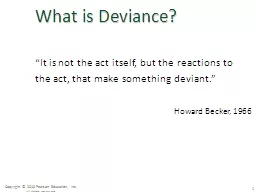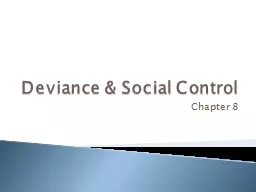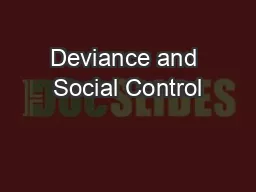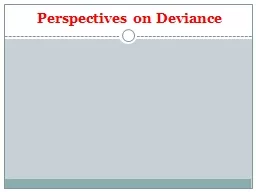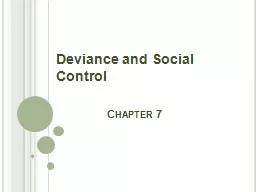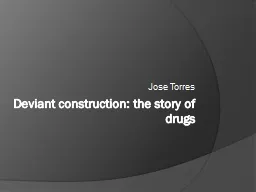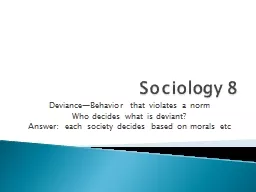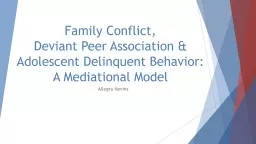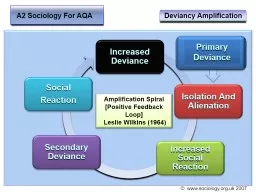PPT-“It is not the act itself, but the reactions to the act, that make something deviant.”
Author : debby-jeon | Published Date : 2019-11-22
It is not the act itself but the reactions to the act that make something deviant Howard Becker 1966 Copyright 2010 Pearson Education Inc All rights reserved 1
Presentation Embed Code
Download Presentation
Download Presentation The PPT/PDF document "“It is not the act itself, but the rea..." is the property of its rightful owner. Permission is granted to download and print the materials on this website for personal, non-commercial use only, and to display it on your personal computer provided you do not modify the materials and that you retain all copyright notices contained in the materials. By downloading content from our website, you accept the terms of this agreement.
“It is not the act itself, but the reactions to the act, that make something deviant.”: Transcript
Download Rules Of Document
"“It is not the act itself, but the reactions to the act, that make something deviant.”"The content belongs to its owner. You may download and print it for personal use, without modification, and keep all copyright notices. By downloading, you agree to these terms.
Related Documents

